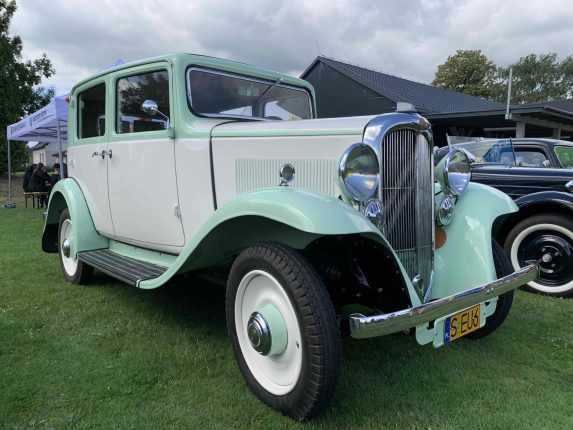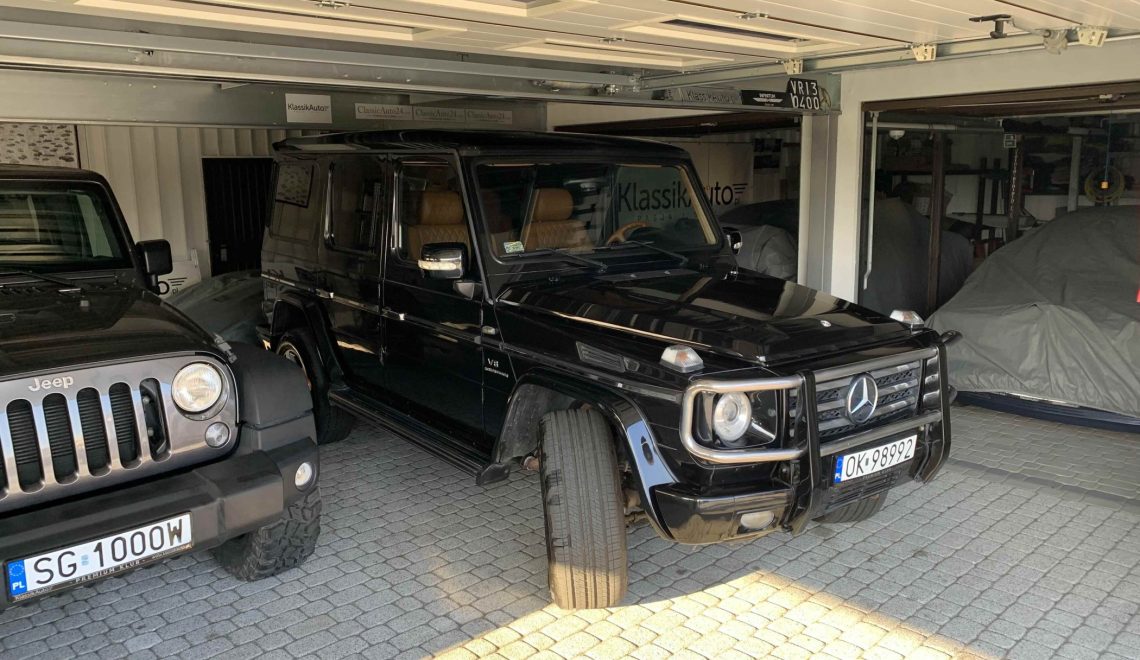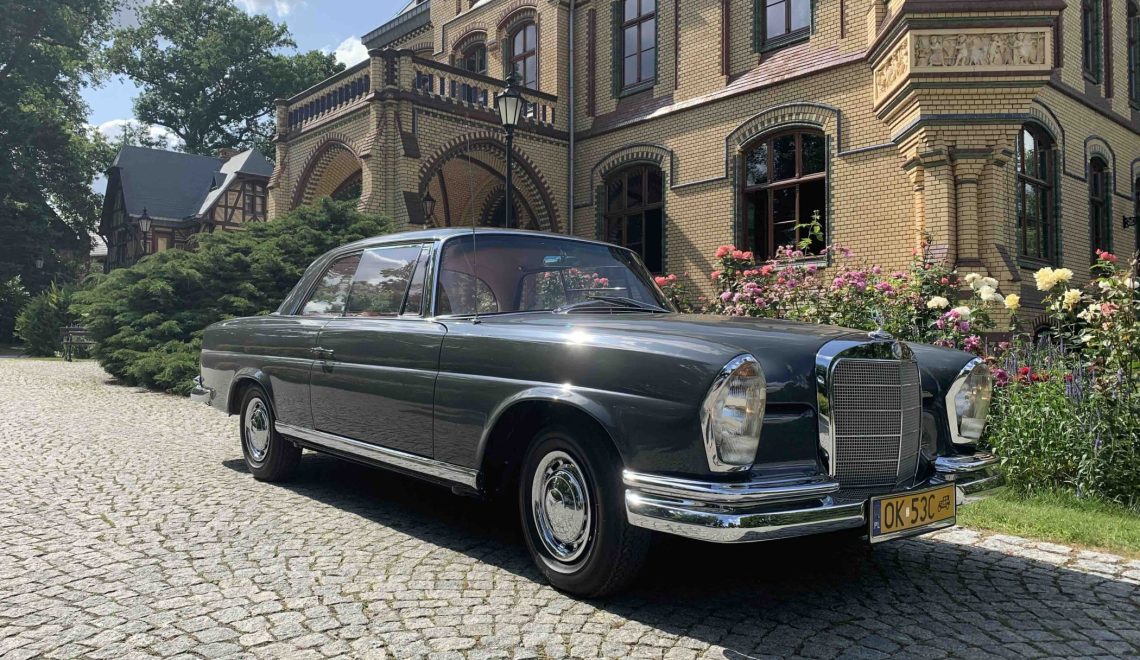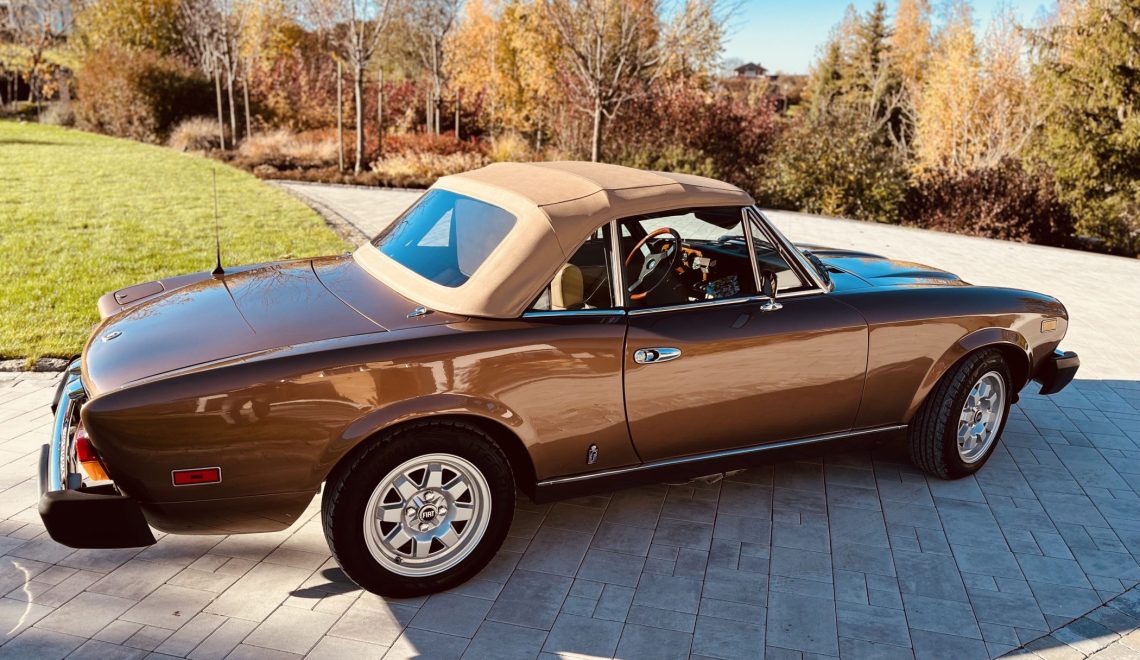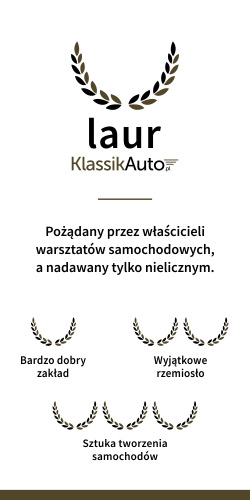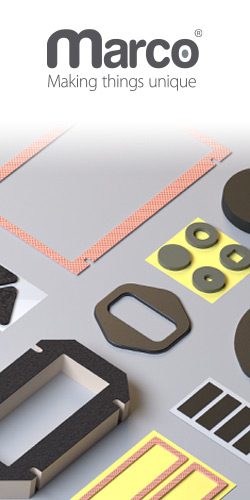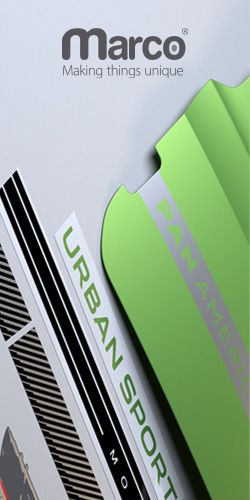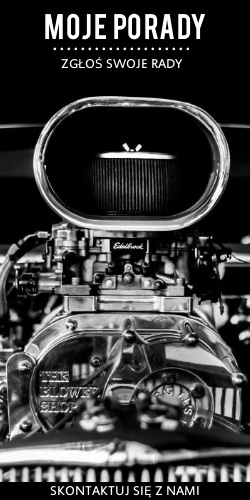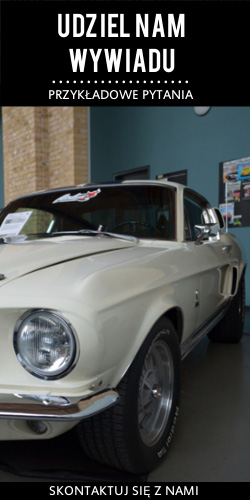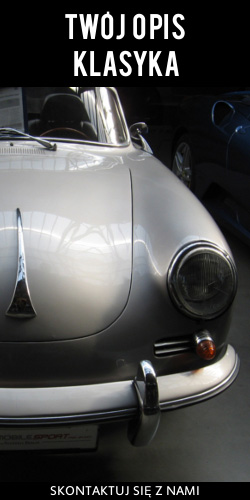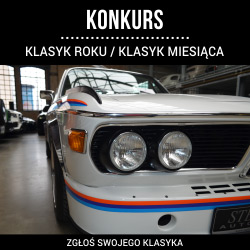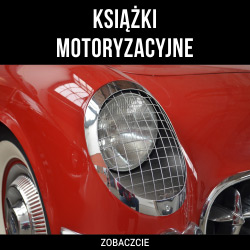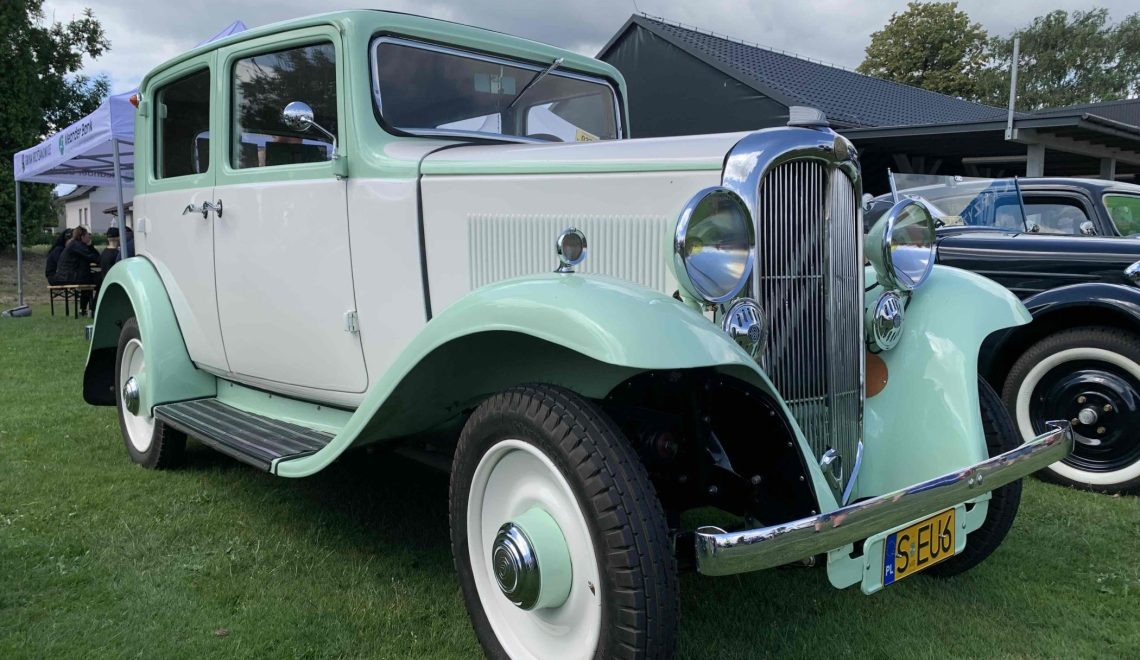
Citroën Rosalie to jeden z najbardziej charakterystycznych modeli przedwojennej motoryzacji, produkowany w latach 1932–1938. Ten elegancki samochód nie tylko zdobył uznanie we Francji i Europie, ale też przeszedł do historii jako pojazd, który ustanawiał rekordy wytrzymałości i stylu. English text below.
W czasach, gdy motoryzacja dopiero zyskiwała rozpęd, Rosalie oferowała to, co dziś nazwalibyśmy doskonałym połączeniem komfortu, technologii i prestiżu.
Narodziny Rosalie – odpowiedź Citroëna na potrzeby klasy średniej
W latach 30. Citroën był już uznanym producentem samochodów. Po sukcesach modeli B2 i C4, marka potrzebowała auta, które wypełni lukę między pojazdami popularnymi a luksusowymi. Tak powstała Rosalie, nazwana tak przez media i samych użytkowników — oficjalnie model nosił oznaczenia 8CV, 10CV i 15CV, odnoszące się do mocy podatkowej.
Auto było dostępne w różnych wersjach nadwozia: limuzyna, coupé, kabriolet, a nawet użytkowy furgon. Citroën Rosalie wyróżniał się aerodynamiczną sylwetką jak na tamte czasy, dużą ilością chromów oraz przestronnym wnętrzem.
Dane techniczne modeli Rosalie
Pod koniec produkcji część modeli otrzymała silniki z nowoczesnego Citroëna Traction Avant, choć Rosalie pozostała samochodem z klasycznym napędem na tylną oś.
Rekordy i sportowa dusza
Citroën Rosalie była nie tylko eleganckim autem osobowym. W 1933 roku specjalnie przygotowany egzemplarz o nazwie Rosalie des Records (Citroën 8CV o nazwie „Petite Rosalie”) ustanowił aż 300 rekordów światowych na torze Montlhéry. Przejechał 300 000 km bez przerwy przez 134 dni i noce, co uczyniło z niej symbol niezawodności i wytrzymałości mechanicznej.
Co ciekawe, auto było eksponowane w szklanej gablocie w salonach Citroëna jako dowód technologicznej przewagi nad konkurencją.
Sławni właściciele Citroëna Rosalie
Choć Rosalie nie była samochodem stricte luksusowym, to cieszyła się zainteresowaniem wśród artystów, intelektualistów i przemysłowców we Francji. Oto kilka znanych postaci, które posiadały lub używały tego modelu:
-
Jean Cocteau – francuski poeta, reżyser i artysta, znany ze swojego zamiłowania do eleganckich samochodów.
-
Édith Piaf – legenda francuskiej piosenki, miała okazję podróżować Rosalie jeszcze przed wojną.
-
Louis de Funès – choć słynny aktor kojarzony jest z późniejszych modeli Citroëna, w latach młodości jego rodzina korzystała z Rosalie jako samochodu podróżnego.
Koniec ery Rosalie
Produkcja Rosalie zakończyła się w 1938 roku wraz z rozwojem nowoczesnych, samonośnych konstrukcji. Jej miejsce w historii zostało jednak zachowane – nie tylko jako pojazdu rodzinnego, ale też auta, które wyznaczało nowe granice w motoryzacji.
Dziś Citroën Rosalie to ceniony klasyk kolekcjonerski. Ceny dobrze zachowanych egzemplarzy mogą sięgać od 50 000 do nawet 100 000 zł, w zależności od wersji, stanu technicznego i oryginalności.
Citroën Rosalie – The French Legend of the 1930s That Broke Records
The Citroën Rosalie is one of the most iconic pre-war vehicles, produced between 1932 and 1938. This elegant car gained recognition not only in France and across Europe, but also entered history as a vehicle that set endurance and style records. At a time when the automotive industry was still gaining momentum, the Rosalie offered what we would now call the perfect blend of comfort, technology, and prestige.
The Birth of the Rosalie – Citroën’s Answer to the Middle-Class Market
By the 1930s, Citroën was already an established automaker. Following the success of the B2 and C4 models, the brand needed a car that would bridge the gap between popular and luxury vehicles. That’s how the Rosalie was born, a name coined by the press and drivers themselves — officially, the model was known by its fiscal horsepower designations: 8CV, 10CV, and 15CV.
The Rosalie was available in several body styles: saloon, coupé, convertible, and even a utility van. It stood out with its aerodynamic shape (by 1930s standards), abundant chrome trim, and a spacious interior.
Technical Specifications of the Rosalie
Near the end of production, some models were equipped with engines from the newer Citroën Traction Avant, although the Rosalie retained its traditional rear-wheel-drive layout.
Record-Breaking Spirit
The Citroën Rosalie wasn’t just a stylish passenger car. In 1933, a specially prepared model named Rosalie des Recordsset an incredible 300 world records at the Montlhéry race track. It drove 300,000 kilometers non-stop over 134 consecutive days and nights — a powerful demonstration of mechanical reliability and endurance.
Citroën even showcased the car in glass display cases in showrooms as proof of the brand’s engineering superiority.
Famous Owners of the Citroën Rosalie
While the Rosalie wasn’t considered a luxury car, it became popular among French artists, intellectuals, and businessmen. Here are a few notable figures connected with the model:
-
Jean Cocteau – the French poet, director, and artist, known for his taste in elegant cars.
-
Édith Piaf – the legendary French singer, who traveled in a Rosalie before World War II.
-
Louis de Funès – although more closely associated with later Citroëns, his family used a Rosalie during his youth.
The End of the Rosalie Era
Production of the Rosalie ended in 1938 with the rise of modern, unibody constructions. However, its legacy lives on — not just as a family car, but as a vehicle that pushed the boundaries of what was possible in motoring.
Today, the Citroën Rosalie is a highly valued classic car. Well-preserved examples can sell for €10,000 to €25,000 or more, depending on version, originality, and condition.








